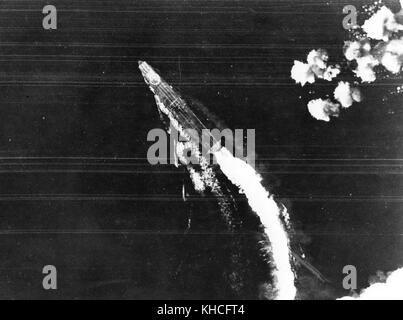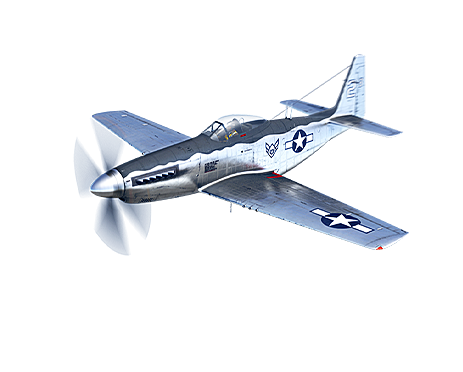

Instead, the focus seems to be on ensuring air superiority platforms have “first-shot opportunity,” or the ability to spot and fire upon an enemy aircraft before said aircraft is aware of the threat. In other words, the Pentagon seems to be leaning away from the idea that close-in dogfights will decide the fate of the skies in the 21st century. Herbert “Hawk” Carlisle, former commander of America’s Air Combat Command, argued in 2017, substantial weapons capacity, fuel range, and low observability to radar may all be more important than dogfighting performance when it comes to securing air supremacy in the decades to come. A heavy aircraft that can dominate the skies against aerobatic opponents through things like support drones and directed energy weapons could theoretically prove just as effective as a fleet of highly maneuverable fighters at owning any given airspace. (DoD photo)Ī number of senior defense officials seem to agree with those pilots, with some even hinting at the idea that America’s next air superiority fighter may have more in common with the B-21 Raider than the F-22 Raptor.Īir dominance, as the Congressional Research Service has pointed out, doesn’t have to look like it has in the past in order to be effective. But as we explore this question, it’s important to note that, while many within America’s defense apparatus seem to believe air combat has become a sniper’s game rather than a boxer’s, my own experiences with pilots have made it clear to me that training for air combat is still a very serious matter within America’s fixed-wing communities.Īmerican fighter pilots train to win fights of all sorts, but it does seem true that within fighter pilot culture, Aviator sunglasses are still in, but dogfights are clearly out.į-16 Fighting Falcon (foreground) passed an F-14 Tomcat (background) in a simulated dogfight. The truth is, “ are dogfights dead?” is a simple question with a complicated answer. It seems logical, then, to question whether or not the collective experiences of operations over Iraq, Afghanistan, Syria and elsewhere could potentially be skewing the perspective of today’s prevailing wisdom. It’s hard to deny the fact that, after more than two decades of conducting counter-terror operations around the world, the vast majority of America’s aviators and even senior leaders at this point have spent the entirety of their careers operating in uncontested airspace against adversaries with few or no air assets to put up a fight. Air Force F-105D Thunderchief being shot down during the Vietnam War (WikiMedia Commons)

AIR COMBAT MANEUVERS JAPAN FULL
(For a deeper analysis into what really went wrong in the dogfights over Vietnam War, make sure to read our full analysis of it here - because it’s more complicated than something as simple as a lack of guns.)Ī U.S. But this isn’t the first time the United States has questioned the future of air combat, and as many aviation buffs and historians will tell you, assuming dogfights were dead because of the introduction of new technologies didn’t pan out quite like America would have hoped the last time we found ourselves having this debate. There’s no denying that technological trends back that growing sentiment. With more than three decades now separating today’s aviators from America’s last dogfights and stealth increasingly becoming the norm, it’s no wonder the Defense Department seems to be leaning away from the idea that air-to-air combat in close quarters should be a priority. But the last time American aircraft truly found themselves in some serious mid-air scraps was in 1991, over Iraq. The interaction wasn’t much of a dogfight, but it was the first air-to-air engagement carried out by an American fighter since Operation Allied Force over Kosovo in 1999.

Navy F/A-18E Super Hornet shot down a Syrian-flagged Su-22 as it bombed American-backed Syrian Democratic Forces in the Raqqa province of Syria. The most recent air-to-air kill scored by an American aircraft came in 2017, when a U.S.


 0 kommentar(er)
0 kommentar(er)
